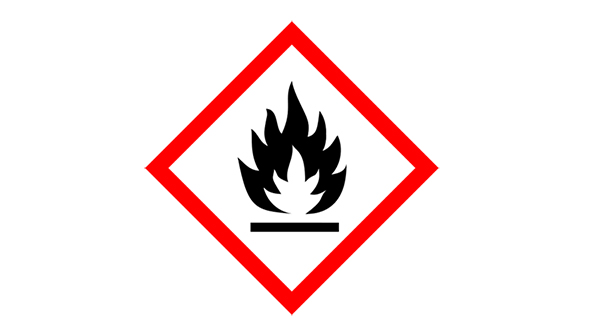Fire Safety in the Workplace, an OSHA Imperative – Safety Training Thursday
Posted on December 9, 2010 | in Safety

Fire safety is an important consideration 24/7, 365 days year; nevertheless, the winter months and the holiday season warrant special considerations. As Christmas trees dry, space heaters come out of closets, extension cords and lights overwhelm electrical outlets and candles seemingly multiply overnight, fire hazards are everywhere.
Luckily, there are a few simple rules we can follow in the workplace and at home to ensure the next few months are remembered for their warmth and good time spent with friends, family and co-workers.
For the home, Kay Severinsen offered 10 tips for a safe holiday in this week’s Sun-Times. According to her article, the National Fire Protection Association reported that in 2008 “fireplaces, space heaters and the like accounted for 66,100 home fires, 480 deaths, 1,660 injuries and $1.1 billion in property damage.”
For the workplace, OSHA has extensive information on fire safety and related standards, including a fact sheet that outlines a few of OSHA’s expectations for employers related to fire safety. According to the fact sheet, employers are expected to:
- Train workers about fire hazard in the workplace and what to do in a fire emergency
- Train employees on how to escape – Every workplace must have enough exits suitably located to enable everyone to get out of the facility quickly
- Provide hands-on training in using firefighting equipment if employees are expected to use tools like fire extinguishers
- (Depending upon your business) Develop emergency action plans
If your business is covered by an OSHA standard that requires an emergency action plan, OSHA has the following rules, found in Standard 1910.39:
Minimum elements of a fire prevention plan. A fire prevention plan must include:
- Written and oral fire prevention plans. A fire prevention plan must be in writing, be kept in the workplace, and be made available to employees for review. However, an employer with 10 or fewer employees may communicate the plan orally to employees
- A list of all major fire hazards, proper handling and storage procedures for hazardous materials, potential ignition sources and their control, and the type of fire protection equipment necessary to control each major hazard;
- Procedures to control accumulations of flammable and combustible waste materials;
- Procedures for regular maintenance of safeguards installed on heat-producing equipment to prevent the accidental ignition of combustible materials
- The name or job title of employees responsible for maintaining equipment to prevent or control sources of ignition or fires
- The name or job title of employees responsible for the control of fuel source hazards.
OSHA’s Small Business Handbook encourages businesses to ask the following questions:
- Is your local fire department familiar with your facility, its location and specific hazards?
- If you have a fire alarm system, is it certified as required and tested annually?
- Are fire doors and shutters in good operating condition?
- Are automatic sprinkler system water control valves, air and water pressure checked periodically as required?
- Is the maintenance of automatic sprinkler systems assigned to responsible persons or to a sprinkler contractor?
- Are sprinkler heads protected by metal guards if exposed to potential physical damage?
- Is proper clearance maintained below sprinkler heads?
- Are portable fire extinguishers provided in adequate number and type and mounted in readily accessible locations?
- Are fire extinguishers recharged regularly with this noted on the inspection tag?
- Are employees periodically instructed in the use of fire extinguishers and fire protection procedures?
Living in Chicago, home of the great Chicago Fire, one is constantly reminded of the potentially devastating effects of fire. This time of year, however, it’s a good idea for all of us to take a few minutes to think fire about safety.
If you’d like to get everyone in your organization on the same page this season, consider our online Fire Prevention training course.
Course Coverage
Fire Prevention covers basic fire safety principles, including the recognition and prevention of potential fire hazards and proper emergency procedures such as fire extinguisher operation and maintenance along with information required by OSHA’s Workplace Fire Protection Program, including employer’s responsibilities, exit plans, fire fighting equipment, and training to prevent fire, death, and injury. Primary Regs: OSHA 29 CFR 1910.38, Fire Protection; OSHA 29 CFR 1926 Subpart F, Fire Protection and Prevention; OSHA 29 CFR 1910 Subpart E, Means of Egress
Training Options
Call 1.888.362.2007, or visit Workplace Safety Training for information about our on-demand training offering, including a list of available courses. If you’re interested in an option that does not require all employees to be present at the same time, you can take a pass on a classroom style format and consider an online solution.